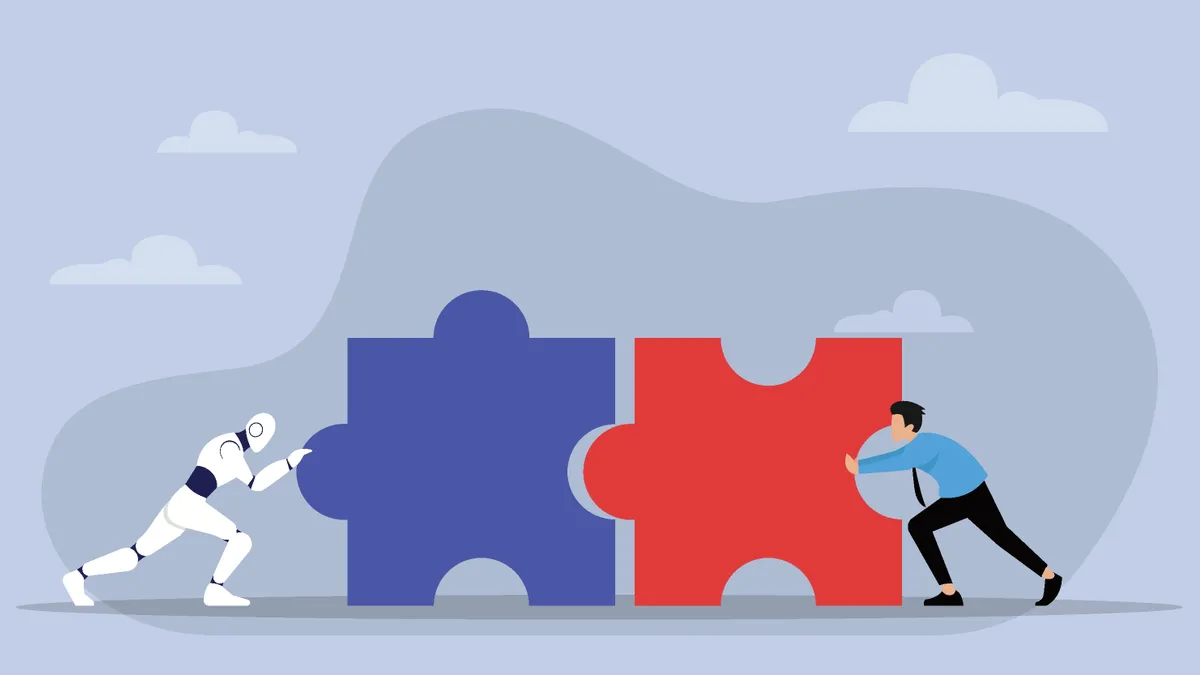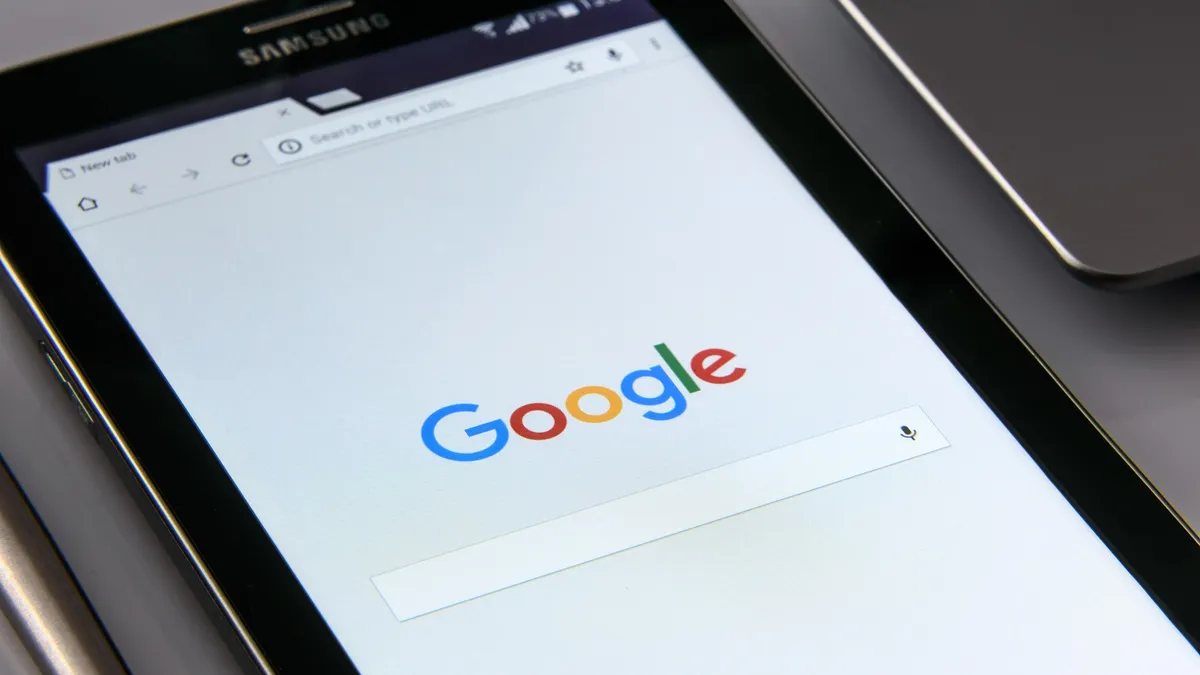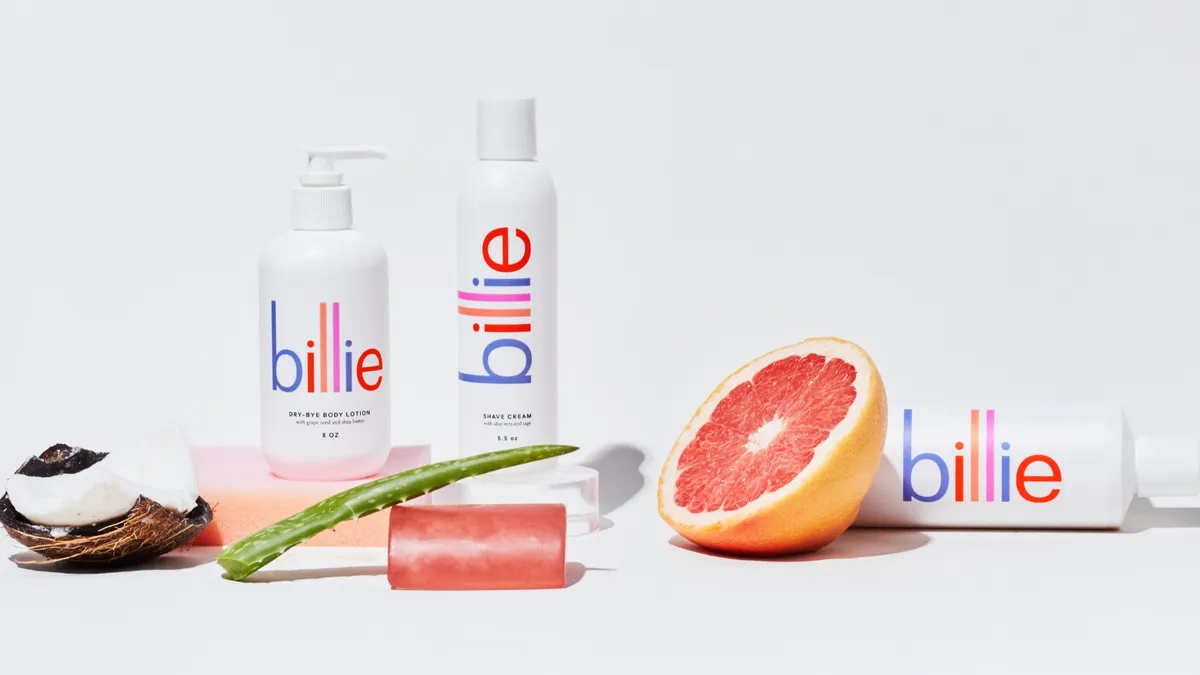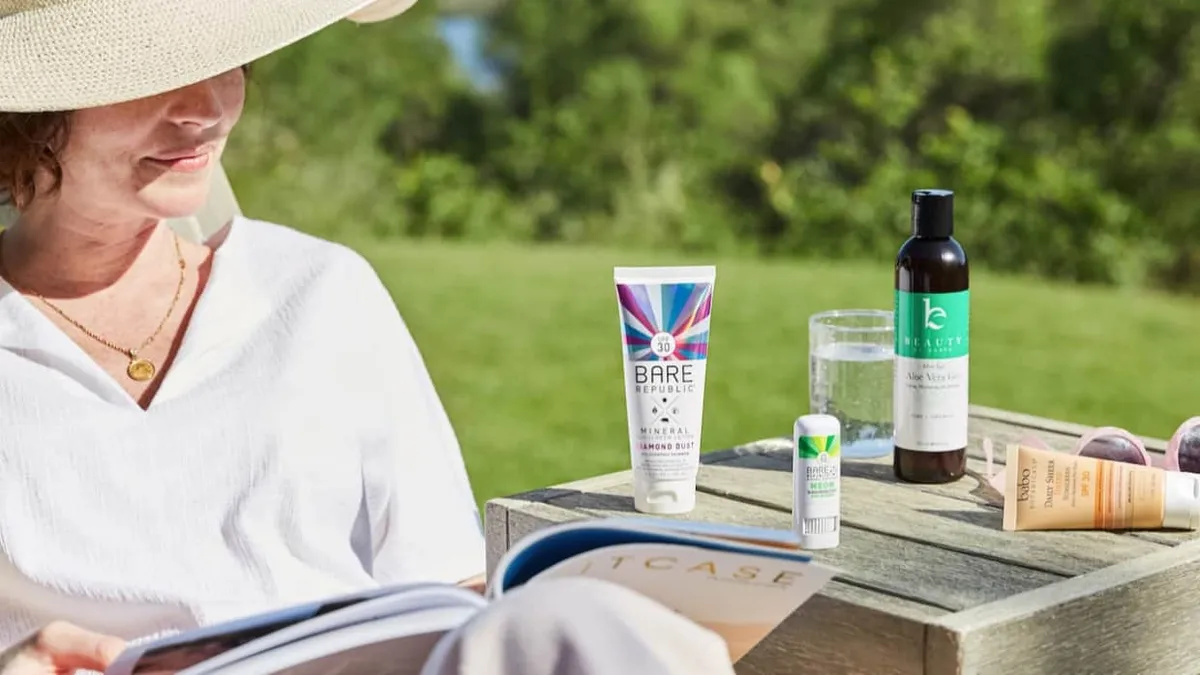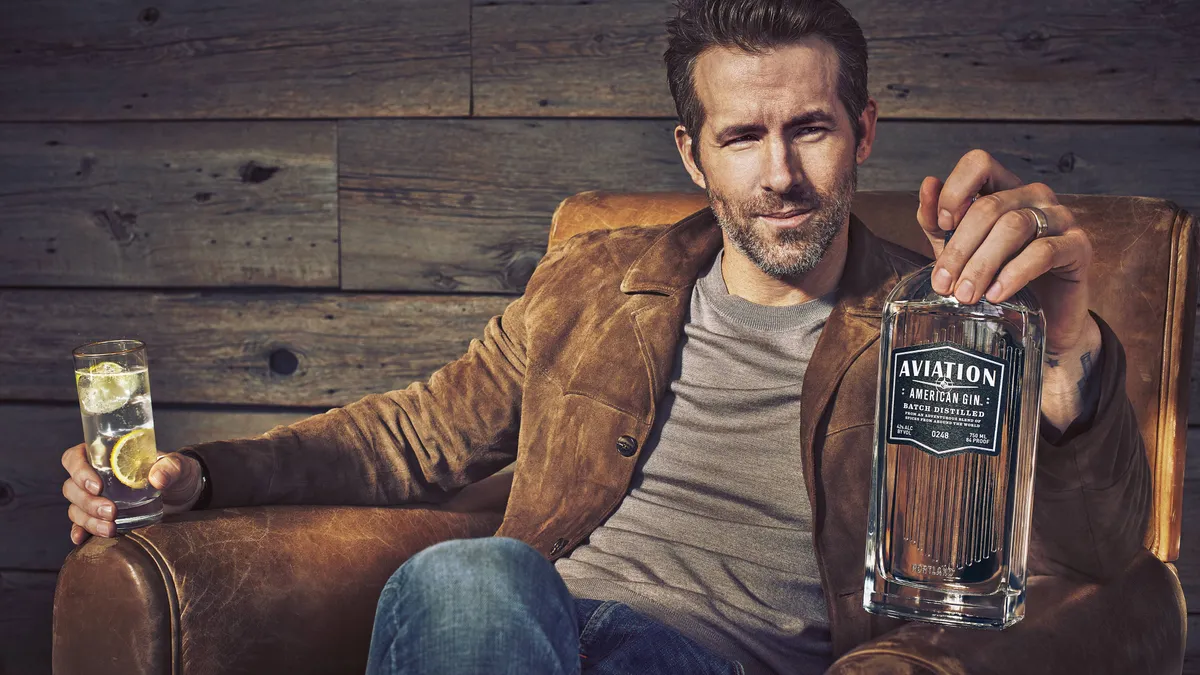There’s a good argument to be made that the advent of digital and data-driven marketing changed the B2B world more than any other aspect of marketing. In the past, consumer marketing has been seen as more nimble and willing to make adjustments to reach an audience, where B2B marketers had almost one goal – lead generation. Quantity over quality, B2B marketers collected names from campaigns and events and handed all that over to Sales to move those leads down the pipeline.
That has all changed radically over the last ten to fifteen years with the explosion of marketing technology, the shift to customer-centric marketing, and especially the knowledge that the complex sale has fundamentally changed. Prospects are doing their own research and often getting 80%, or further, down the sales funnel before ever even making themselves visible to marketers. Marketing and Sales have both had to adjust to this new reality.
Now B2B marketers are facing another challenge – marketing to millennials. Also known as digital natives, typically defined as anyone born in 1980 or later, these consumers are hyper-informed and naturally skeptical.
In an interview with Marketing Dive, Curalate CMO Matt Langie gave his insights into this latest shift in business marketing and tips for pitching Gen Y.
Marketing Dive: Marketers are still working to understand how to reach and connect with millennials. Are there any general approaches that marketers should take that might differ from their overall strategies?
Matt Langie: Millennials are more cognizant of how marketers speak to them than consumers from older generations. Marketers should keep in mind that these consumers don't want to be marketed to; they want to be engaged. To effectively reach millennials, brands need to publish compelling, interesting creative that educates and/or entertains this demographic. And they need to make it easy to take action on that content, should it pique their interest.
Marketing Dive: B2B marketers in particular have some ingrained strategies, tactics and channels – should B2B marketers take a different approach to the millennial segment?
Langie: At the end of the day, B2B decision-makers are still consumers. Whether you're marketing in a B2B or B2C environment, the content still needs to be inspiring, spark conversion, or address a need. A great example of a B2B company that achieved this was Sungard with their Zombie Survival Guide campaign. They used the ever-popular concept of a zombie apocalypse to discuss enterprise disaster recovery planning. It was unexpected and playful, but ultimately educational.
Marketing Dive: In a sense should millennials almost be considered a separate buyer persona, or is that generalizing an age bracket too much for B2B purposes?
Langie: Millennials are the most diverse generation of adults in the history of the U.S. B2C marketers should not see them as a homogeneous group, nor should B2B marketers. It's more about creating engaging content that will appeal to that particular subset of B2B buyers.
Marketing Dive: About those subsets within millennials, are these segments that can be of use to B2B marketers similar to how B2C marketers are taking advantage of these segments?
Langie: As a rule of thumb, I wouldn’t recommend relying on these segments to market to millennial decision-makers. It makes sense for a B2C company to identify if they’re targeting millennial moms or travel enthusiasts, for example. It’s not as easy to for a B2B company to make these distinctions about decision-makers.
Marketing Dive: What are some B2B challenges marketing to millennials?
Langie: The challenge with ... B2B marketing to millennials is striking the right balance of engaging, visual content while at the same time delivering informative decision-making content. B2B customers are still consumers of marketing and information, so B2B marketers must find creative ways to engage the millennial buyer while presenting compelling value propositions of their products and services.
Marketing Dive: What about advantages?
Langie: With so much information on B2B consumers available from services like LinkedIn and CRM providers like Salesforce.com, the B2B marketer has an information advantage in truly knowing the customers to whom they are marketing. This makes developing user or buyer personas much easier when you actually know the background and other critical buyer information from these online services.
Marketing Dive: What are some specific tactics B2B marketers should use when targeting millennials?
Langie: Be visual! This is a generation of highly visual consumers, and the 2.6 billion photos shared on a daily basis proves it. In the world of content overload we live in [think: white papers, guides, e-books], visual content offers an effective way to reach consumers and get the point across quickly. Marketers can tap into this by creating infographics, including engaging photos throughout white papers and maintaining an active presence on visual platforms.
Marketing Dive: Do you have any examples of effective B2B marketing targeting millennials?
Langie: As mentioned above, the Sungard Zombie Apocalypse Guide is a great example of a B2B campaign that would engage millennial buyers. An effective way to capture millennials is to create your own spin on a pop culture phenomenon, whether it's zombies, "Game of Thrones," or "#DressGate."
GE is another brand doing great work in the B2B space. Their "GE Reports" blog features interesting pieces that readers can not only learn from, but later associate with GE. The brand also does some fascinating work with video. For example, GE has incorporated YouTube and Vine into its content marketing strategy. They're essentially targeting millennials on the platforms they frequent.
Marketing Dive: What are your final thoughts or maybe key takeaways on B2B marketing and millennials, and also just marketing to millennials in general?
Langie: The most important thing to remember is that ultimately, millennials are a diverse generation of consumers. They lead varying lifestyles and can't be reached with a one-size-fits-all approach. The best thing marketers can do is to be educational, entertaining and visual.




